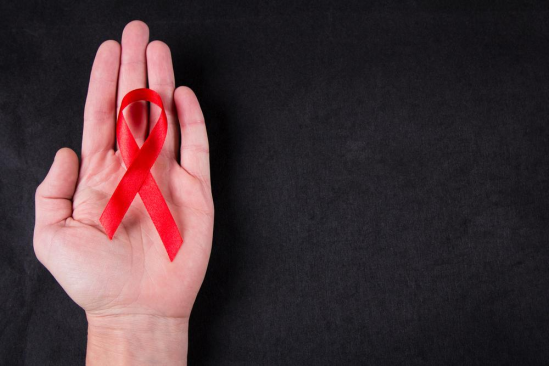The human immunodeficiency virus (HIV) causes HIV infection. It eventually leads to acquired immunodeficiency syndrome, commonly known as AIDS. AIDS is the advanced stage of HIV infection. It causes a continuous deterioration of the immune system. HIV destroys CD4 cells, which are responsible for fighting infections and certain cancers. Although HIV remains incurable, medications and treatment plans are designed to extend the patient's life expectancy and relieve the painful symptoms associated with this disease.
Here is an overview of different aspects related to this disease.

How long can a person with HIV live?
- The life expectancy of a person with HIV has improved over the past two decades. People infected with HIV can now live healthier and longer lives with proper treatment.
- With treatment, a person with HIV can live nearly 51 years longer.
How is HIV transmitted from one person to another?
- HIV is transmitted from an infected person to a healthy person through sexual contact or contact with semen, vaginal fluids, or blood.
- HIV can also be transmitted from an infected mother to her child through breastfeeding.
- Children can also be infected from their mother during pregnancy or at birth through blood transmission or contact with vaginal fluids.
What are the symptoms of HIV?
Some of the most common symptoms of HIV include:
- Weight loss, diarrhea, vomiting and nausea, persistent headaches, muscle pain, joint pain, shortness of breath, difficulty swallowing, confusion, acute coughing problems, and short-term memory loss.
- Pelvic inflammatory disease, which is an infection of the ovaries, fallopian tubes, and uterus.
- Bacterial and yeast infections and menstrual problems in women
- Mild fever
- Rash
What is HIV rash?
- One of the common early symptoms of HIV is HIV rash, which occurs in about 90% of cases.
- These symptoms usually appear on the skin of infected people 2 months after infection.
- In HIV-positive people, this rash can be a symptom of infection or a side effect of antiretroviral drugs.
- Whether it is a symptom of HIV or a side effect of HIV drugs, this rash appears as flat red spots with small red bumps on the skin of HIV-infected people. Pictures of HIV rashes online can help you understand what they look like.
- This rash is often accompanied by severe itching.
Where does HIV rash appear?
- In most cases, HIV rash appears on the hands and legs of infected people, as well as on the face and chest.
- However, this rash can also appear on other parts of the body of HIV-positive people.
- Mouth ulcers can also be caused by the rash.
How serious is HIV rash?
- This rash is usually mild; however, it can cause severe skin damage and even be life-threatening.
- HIV-positive people may rarely develop a rash called Stevens-Johnson syndrome as a result of taking antiretroviral drugs. Symptoms of Stevens-Johnson syndrome include swollen tongue, fever, and rapidly developing rash and blisters.
- When the rash develops in nearly 30% of HIV-positive people taking antiretroviral drugs, it is called toxic epidermal necrolysis.
Is there a way to treat HIV rash?
- Advances in immune system protection and viral control have contributed significantly to solving the problem of HIV-related rashes, reducing their severity, and making them less common.
- To control the rash, medications should be taken regularly.
- Once the true cause of the rash is determined, the doctor can determine the most appropriate and helpful treatment to minimize the size and itching of the rash.
- HIV-infected people with rashes of a mild nature should avoid hot baths or direct exposure to sunlight.
- The cause of the rash can never be completely determined in a person with HIV. Therefore, the person is advised not to change their diet, cosmetics, or even toiletries.
- HIV-positive people should not take any new medications unless advised to do so by a doctor.





